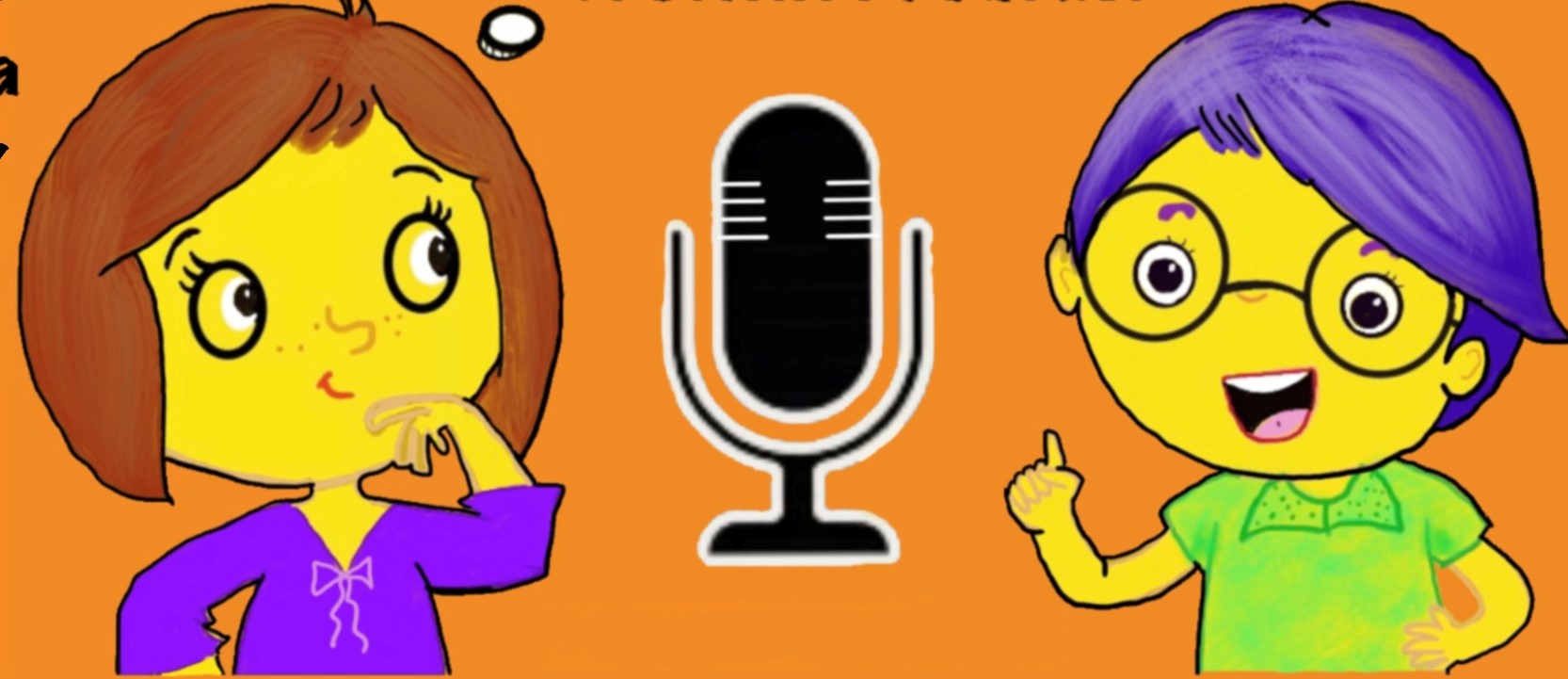2023-10-31 by Bakul Piplani
IndiaAsksWhy meets Dr Amitabha Bandyopadhyay

Listen to the episode here or on Spotify
Did you know that all human babies are born with around 270 bones in their bodies? Did you also know that by the time a baby grows into an adult, many of these bones fuse together and their number decreases to around 206? Ever wondered what purpose do bones serve? These bones not only make the rigid framework of the human body that gives it shape and form, but also help in bodily movements. Did you know that these rigid bones actually form from a soft tissue called cartilage? In this episode of IndiaAsksWhy, two curious young listeners, Karthik and Shree, join Utsuka and Jigyasa as they explore the depths of the human skeletal system!
They are joined on this journey by Prof. Amitabha Bandyopadhyay from IIT Kanpur, a scientist who studies the processes of cartilage and bone development. Prof. Bandyopadhyay and his team of young scientists try to understand how these processes happen within the human body by investigating the same processes in other animals like mice, chicken and dogs. For this, they manipulate genes in the animals’ cells, and then study the effects on the cells’ functions and activities. They use a technology called ‘lineage tracing’ to mark cells within the animal and then trace these marked cells through their life cycle within the animal’s body. Using these techniques, they discovered the reasons behind a baby’s movement inside the womb! Fascinating, isn’t it?
We’re sure you must be wondering about the utility of all this research into the skeletal system! Well, with their knowledge and understanding of the processes of bone and cartilage development, Prof. Bandyopadhyay and his team hope to develop treatments for osteoarthritis. Wouldn’t it be great if our grandparents could walk without any joint pains?
So, Prof. Bandyopadhyay’s team is dedicated to solving problems of the human skeletal system. Why do they then work with mice and chicken, you ask? Well, Shree had the exact same question! Prof. Bandyopadhyay explains that apart from the moral and ethical concerns around research with humans and higher animals like monkeys, it is logistically easier to work in the lab with small animals like mice and chicken. Scientists like Prof. Bandyopadhyay use different model organisms, mice, rats, chicken, dogs and even monkeys, depending on the kind of experiments and the research question being asked.
Curious to know what drove Prof. Bandyopadhyay to begin a research career exploring skeletal development? Well, he was intrigued by the ability of bones and cartilages to grow in size despite their cells being unable to divide! Did we tell you that through his research, Prof. Bandyopadhyay showed that both cartilage and bone cells actually develop from the same set of dividing cells? How does that happen, you ask? Well, that’s because the fate of these dividing cells depends on the chemical and mechanical signals that they are exposed to! Finally, since Prof. Bandyopadhyay is from IIT Kanpur, like many of you Karthik wanted to ask him about the secret to getting into an IIT! Prof. Bandyopadhyay urges our young listeners to aspire for IITs only if they love building things and are excited about solving engineering problems! He says that IITs provide the right opportunities and resources for budding engineers, but may not be the ideal place to study for every young listener.
So, stay curious and listen to Utsuka and Jigyasa as they chat with Prof. Amitabha Bandyopadhyay about his research on the skeletal system and his mission to develop an effective treatment for arthritis! Leave your messages and questions on our website, and we’ll be happy to take them up! :)
References
- Adriana Diaz. (2022) Mystery of why babies kick in the womb solved after centuries: discovery. New York Post. Available at https://nypost.com/2022/12/27/mystery-of-why-babies-kick-in-the-womb-solved-after-centuries-scientists/
- Kevin Beck. (2018) How Many Bones Are in a Body? Sciencing. Available at https://sciencing.com/many-bones-body-5438174.html
- Human Skeletal System. Mammal Anatomy: An Illustrated Guide. (2010) New York: Marshall Cavendish. pp. 129-132
- Amitabha Bandyopadhyay. Department of Biological Sciences & Bioengineering (BSBE), IIT Kanpur. Available at https://www.iitk.ac.in/bsbe/amitabha-bandyopadhyay
- Bandyopadhayay Lab | Skeletal developmental lab, Department of Biological Sciences and Bioengineering, Indian Institute of Technology Kanpur. Available at https://sites.google.com/view/ablab-iitk/home
